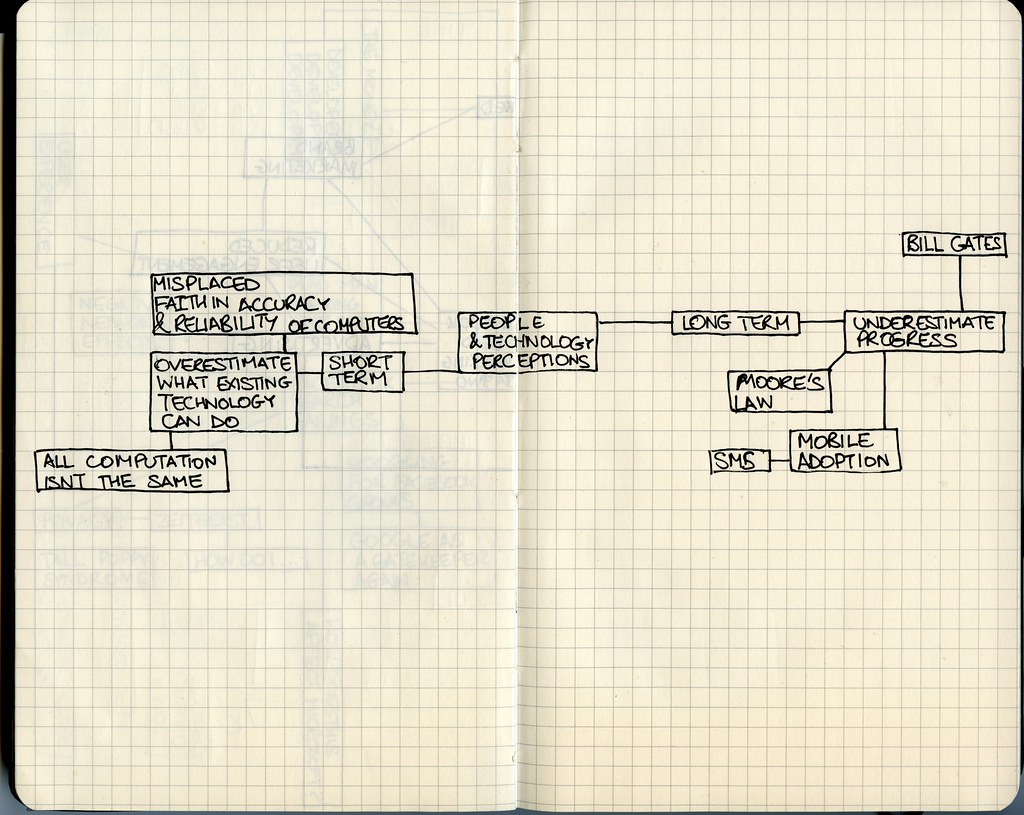If you’ve ever tried to install a new stereo or speakers in your car, you know how frustrating it can be to navigate the maze of wires under the dashboard. Auto speaker wiring may seem like a daunting task, but fear not! With the right guidance and a little bit of patience, anyone can learn to wire their own car speakers. In this comprehensive guide, we’ll walk you through the basics of auto speaker wiring, from understanding wire colors and gauges to selecting the right tools for the job. Whether you’re a complete beginner or just looking to brush up on your skills, read on for everything you need to know about auto speaker wiring.
Introduction to Auto Speaker Wiring: What You Need to Know
Auto speaker wiring can be a daunting task for beginners, but with the right knowledge and tools, it can be a rewarding experience. Understanding the basics of auto speaker wiring is crucial before starting any installation. This includes knowing the difference between positive and negative wires, as well as the impedance and power handling of your speakers. It’s also important to have a clear understanding of your car’s electrical system and how it works with your audio system. Having the right tools and materials is equally important, including wire strippers, crimpers, electrical tape, and a multimeter. With these basics in mind, you’ll be ready to tackle your auto speaker wiring installation with confidence.
Understanding the Basics of Auto Speaker Wiring
Auto speaker wiring may seem daunting for beginners, but it’s actually a simple process. The first step is to understand the basics of how auto speaker wiring works. The most important component of any car audio system is the head unit, which sends an audio signal to the speakers through the wiring. The speaker wire is responsible for carrying this signal from the head unit to the speakers.
When it comes to auto speaker wiring, there are two types of wires: positive and negative. The positive wire carries the audio signal, while the negative wire acts as a ground. It’s important to connect these wires correctly to ensure proper sound quality and prevent damage to your equipment.
Another important factor to consider when working with auto speaker wiring is impedance. Impedance refers to the amount of electrical resistance in a circuit and can affect sound quality and volume. It’s important to match the impedance of your speakers with that of your head unit and amplifier for optimal performance.
By understanding these key concepts, you’ll be well on your way to mastering auto speaker wiring and upgrading your car audio system like a pro.
Tools and Materials Needed for Auto Speaker Wiring
Tools and materials are essential in any auto speaker wiring installation project. Some of the key tools you will need include wire cutters/strippers, crimping tool, soldering iron, electrical tape, and a voltage meter.
When it comes to materials, speaker wires are a must-have. Make sure to get enough length for your project and consider the gauge rating of the wire depending on the power output of your car’s audio system. Also important are connectors, which you will use to connect wires together or attach them to speakers or receivers. There are several types of connectors available such as spade terminals, butt connectors, and bullet connectors.
Other items that may come in handy when installing auto speaker wiring include zip ties for cable management and heat shrink tubing to protect connections from exposure to elements like moisture or heat inside your vehicle’s cabin.
Step-by-Step Guide to Auto Speaker Wiring Installation
Step-by-Step Guide to Auto Speaker Wiring Installation
Before starting the installation process, make sure you have all the necessary tools and materials handy: wire cutters/strippers, crimpers, electrical tape, speakers, speaker wires (16-18 gauge), and a wiring harness adapter (if needed). Start by disconnecting the negative battery cable to prevent any accidental shocks.
Next, identify the positive (+) and negative (-) terminals on both your car stereo and speakers. Attach one end of your speaker wire to the positive terminal on your stereo and connect it securely using a crimp connector or soldering iron. Then attach the other end of that same wire to the corresponding positive terminal on your speaker.
Repeat this process for connecting all four channels – Front Left + & -, Front Right + & -, Rear Left + & -, Rear Right + & -. Once complete use electrical tape around each connection point for extra security.
Finally, test your newly installed auto speaker wiring system with some music****. If there’s no sound coming out from any of them or only partial audio is being played back then revisit each connection carefully rechecking polarity issues until resolved before closing everything up in place again.
Common Mistakes to Avoid When Installing Auto Speaker Wiring
Common Mistakes to Avoid When Installing Auto Speaker Wiring
While installing auto speaker wiring can be a daunting task, there are some common mistakes that you should avoid making. One of the most important things to remember is properly identifying wire polarity before connecting them; using incorrect polarity will result in poor sound quality and can even damage your speakers. Another crucial mistake is over-tightening or under-tightening connections, which can cause intermittent audio issues or permanent damage.
Another error commonly made is not securing the wires properly, leaving them loose or dangling, which can lead to rattling sounds and other distractions while driving. It’s also essential to make sure that all wires are connected securely and protected from potential hazards such as heat sources, sharp edges or vibrations.
Lastly, it’s vital not to overlook following the manufacturer’s instructions during installation – it may seem simple at first glance but skipping a step could leave you with an incomplete system that leads only to frustration. Remembering these key points will ensure proper installation and high-quality sound for years of enjoyment out on the road!
Troubleshooting Auto Speaker Wiring Issues: How to Fix Them
Identifying Common Auto Speaker Wiring Issues
When it comes to auto speaker wiring, there are a few common issues that can arise. One of the most frequent is a poor connection between the wire and speaker terminal. This can result in reduced sound quality or even complete loss of audio output.
Another issue is incorrect polarity, which occurs when positive and negative wires are connected improperly. This causes speakers to emit distorted or no sound at all.
It’s also possible for wires to become damaged due to wear and tear over time, resulting in crackling sounds or intermittent audio output.
To fix these issues, ensure that your connections are secure and correctly polarized. If you suspect damaged wires, consider replacing them with new high-quality ones for optimal performance.
Tools You Need to Troubleshoot Auto Speaker Wiring
To troubleshoot auto speaker wiring, you’ll need some essential tools. A digital multimeter is crucial for checking continuity and resistance in your wires. You may also need a wiring diagram specific to your car’s audio system and speakers to help identify any issues. Having wire strippers, crimping pliers, and electrical tape on hand will allow you to make necessary repairs or replacements as needed. And don’t forget about extra fuses, as blown fuses are a common culprit of speaker issues. With these tools readily available, you’ll be able to diagnose and fix most common auto speaker wiring problems quickly and efficiently.
Preventing Future Auto Speaker Wiring Problems
To avoid future auto speaker wiring problems, it’s important to first ensure that the installation is done correctly. Double check all connections and confirm that the wires are properly connected to the right terminals. Use high-quality materials and tools during installation, as low-quality components can lead to future issues.
Another way to prevent issues is by regularly inspecting your system for any signs of wear or damage. Check for loose connections, frayed wires, or any other visible defects. If you notice any problems, address them immediately before they worsen.
Lastly, be mindful of how loud you play your music – excessively high volumes can cause strain on your speakers and potentially lead to damage over time. By taking these preventative measures, you’ll help ensure a long lifespan for your auto speaker wiring system.
Upgrading Your Car Audio System with Auto Speaker Wiring
Choosing the Right Wiring for Your Car Audio System
When upgrading your car audio system with auto speaker wiring, it’s important to choose the right wiring for optimal performance. Look for wires that are thick enough to handle the power output of your speakers and amplifier. High-quality copper wiring is recommended for its conductivity and durability. Additionally, consider the length of the wiring needed for your specific car model and audio setup. Oversized wiring can cause interference and undersized wiring can lead to power loss. Consult with a professional or refer to your car’s manual for guidance on the appropriate gauge and length of wiring needed for your system.
Step-by-Step Guide to Installing Auto Speaker Wiring
First, remove the existing speakers from your car audio system and disconnect all wiring. Then, prepare for the installation of your new speakers by ensuring that you have the correct size and type of speaker, as well as any necessary adapters or brackets to fit them into your vehicle. Next, measure and cut new wire to replace the old wiring using a wire cutter/stripper. Be sure to label each wire at both ends with its corresponding positive/negative connection. Finally, connect the wires from each speaker to their corresponding terminals on the amplifier or stereo, being careful not to cross any wires or damage connections in the process. Test your new setup thoroughly before finishing up and enjoying improved sound quality on your drives!
Troubleshooting Common Issues with Auto Speaker Wiring
If you encounter issues with your auto speaker wiring, don’t panic. The most common problems include loose connections, faulty wiring, and blown fuses. To troubleshoot these issues, start by checking the connections between the speakers and the head unit or amplifier. Make sure they are secure and properly connected. If the wiring is faulty, replace it with high-quality wiring that can handle the power output of your system. Blown fuses can be replaced easily, but make sure to use the correct amperage rating. Remember to always test your system after making any changes to ensure everything is working properly.
Conclusion: Mastering the Art of Auto Speaker Wiring
Auto speaker wiring may seem intimidating for beginners, but with the right knowledge and tools, it can be a fun and rewarding DIY project. By following the step-by-step guide provided in this comprehensive guide, you’ll learn how to install speakers in your car like a pro. Remember to take your time during installation and pay close attention to details such as wire polarity.
Once you’ve successfully installed your new auto speakers, there are many ways to take your car audio system up a notch by upgrading other components. Consider upgrading your head unit or amplifier for improved sound quality and power output. Also, experimenting with different speaker types and sizes can significantly enhance your listening experience.
Don’t forget that proper maintenance is key to keeping your auto speaker wiring working optimally. Regularly check all connections and make sure they are secure and free of corrosion or damage. With this newfound skill set, you can confidently tackle any future audio projects knowing that you have mastered the art of auto speaker wiring!
In conclusion, installing auto speaker wiring in your car can be a daunting task for beginners. However, with the right knowledge and tools, you too can master the art of auto speaker wiring. We hope this comprehensive guide has provided you with all the information you need to get started on your journey towards a better car audio system.
Remember that taking your time during installation and avoiding common mistakes is key to achieving success. And if you ever run into any issues or problems along the way, refer back to our troubleshooting section for helpful tips.
Don’t forget to also check out our other content for more helpful articles on technology and DIY projects. Thank you for reading!






